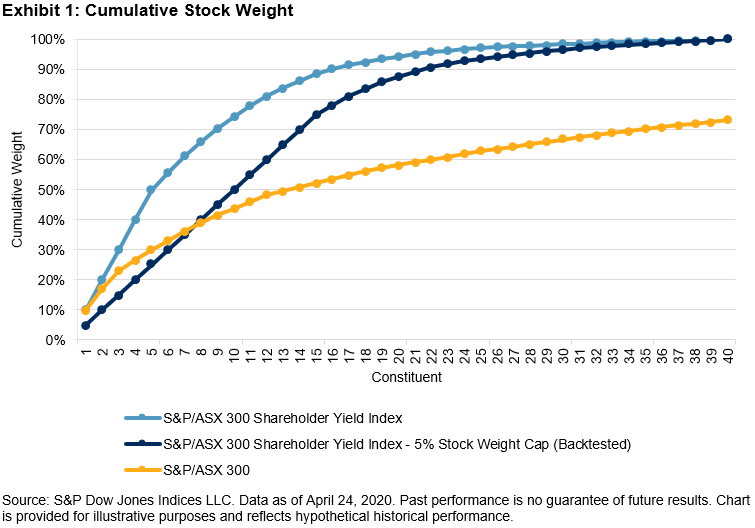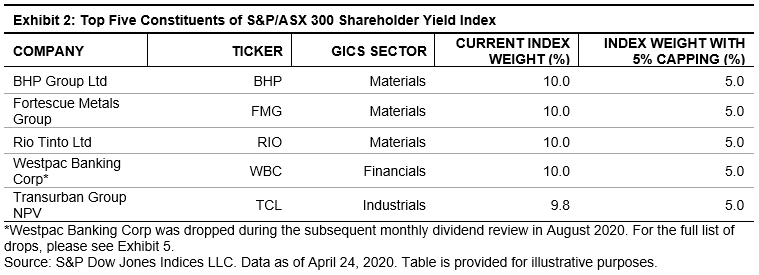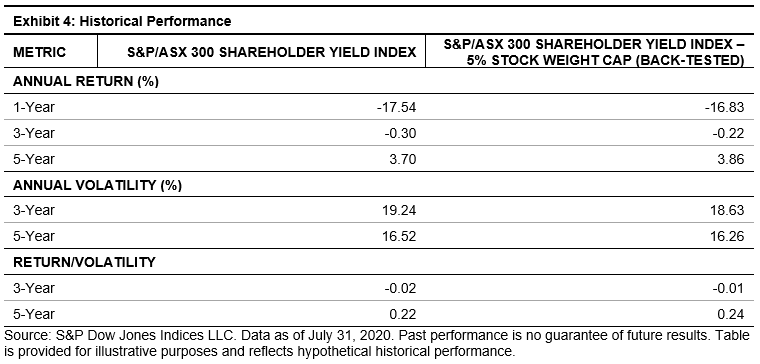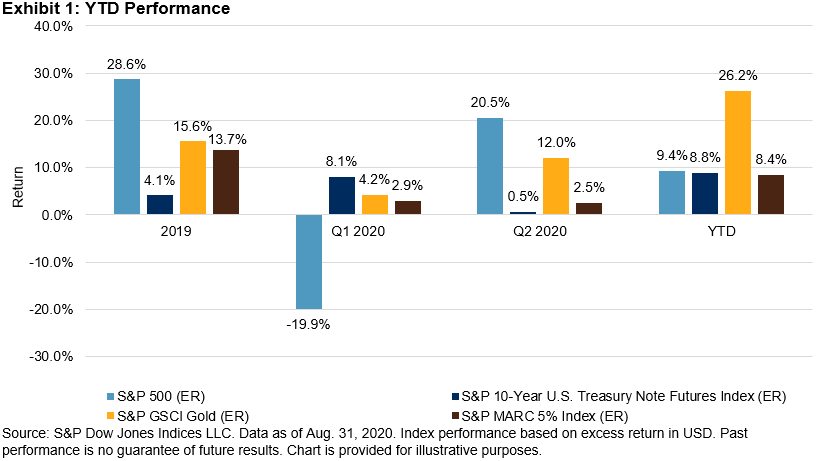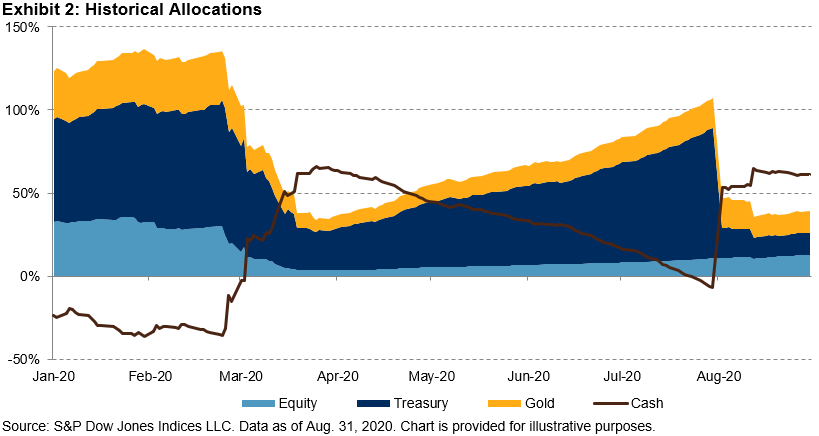As modern ESG strategies built on core indices like the S&P/ASX 200 ESG Index arrive, advisors and asset managers are increasingly asking – How does ESG work in purpose-built portfolios? S&P DJI’s Stuart Magrath joins SSGA’s Meaghan Victor to discuss what ESG implementation looks like in practice.
Learn more: www.spglobal.com/spdji/since-2000
The posts on this blog are opinions, not advice. Please read our Disclaimers.











































